The 2025 PMP Exam Prep Chapter 8 With 200 Questions: Essential Quality Management Concepts & PMP-Style Practice Questions is a focused study resource designed for project management professionals preparing for the 2025 PMP (Project Management Professional) exam, specifically targeting Chapter 8: Quality Management. This guide includes 200 PMP-style practice questions, encompassing situational, knowledge-based, and interpretive formats, aligned with the PMBOK Guide (7th Edition) and the latest PMP exam content outline. It covers critical quality management concepts such as quality planning, assurance, and control, including tools like the Plan-Do-Check-Act (PDCA) cycle, cause-and-effect diagrams, and statistical process control (SPC). Questions explore real-world scenarios, such as developing a quality management plan for a software project, ensuring compliance with ISO 9001 standards, or analyzing control charts to identify process variations. Each question is paired with detailed explanations and rationales, clarifying why a specific quality audit approach is effective or how to apply the cost of quality (COQ) to balance prevention and failure costs. This resource also provides exam strategies, such as decoding complex PMP questions and managing time effectively during the exam, empowering candidates to master quality management principles, boost their confidence, and achieve PMP certification success in 2025.
Preview
1. As part of tracking a project, a project manager is validating the completion of
project scope. He or she would measure this against:
A. Requirements traceability matrix
B. The Project Charter
C. The Requirements Management Plan
D. The Project Management Plan ✅
Rationale:
The Project Management Plan contains the Scope Baseline, which defines what work is
included in the project. This is the key document used to validate the completion of project
scope.
2. Which of the following processes is not a part of the Project Scope Management
process?
A. Collect Requirements
B. Control Quality ✅
C. Create WBS
D. Control Scope
Rationale:
Control Quality is a part of Project Quality Management, not Project Scope
Management. Scope Management focuses on defining and controlling what is included in
the project, whereas Quality Management ensures that deliverables meet quality
standards.
3. While managing a project, you have included the product acceptance criteria in the
Quality Management Plan. A senior manager asks you to reconsider this. You then
realize that what you did is incorrect. Where should you place the product acceptance
criteria?
A. Scope Verification Plan
B. Project Charter
C. Project Scope Statement ✅
D. Change Control Process
Rationale:
The Project Scope Statement contains the Acceptance Criteria, which define how the
project deliverables will be evaluated for acceptance.
4. A project manager wants to use a group decision-making technique to generate,
classify, and prioritize requirements. Which of these is not a valid group decision
making technique?
A. Dictatorship
B. Majority
C. Unanimity
D. Singularity ✅
Rationale:
Singularity is not a recognized decision-making technique. The valid techniques include
Unanimity, Majority, Plurality, and Dictatorship.
project scope. He or she would measure this against:
A. Requirements traceability matrix
B. The Project Charter
C. The Requirements Management Plan
D. The Project Management Plan ✅
Rationale:
The Project Management Plan contains the Scope Baseline, which defines what work is
included in the project. This is the key document used to validate the completion of project
scope.
2. Which of the following processes is not a part of the Project Scope Management
process?
A. Collect Requirements
B. Control Quality ✅
C. Create WBS
D. Control Scope
Rationale:
Control Quality is a part of Project Quality Management, not Project Scope
Management. Scope Management focuses on defining and controlling what is included in
the project, whereas Quality Management ensures that deliverables meet quality
standards.
3. While managing a project, you have included the product acceptance criteria in the
Quality Management Plan. A senior manager asks you to reconsider this. You then
realize that what you did is incorrect. Where should you place the product acceptance
criteria?
A. Scope Verification Plan
B. Project Charter
C. Project Scope Statement ✅
D. Change Control Process
Rationale:
The Project Scope Statement contains the Acceptance Criteria, which define how the
project deliverables will be evaluated for acceptance.
4. A project manager wants to use a group decision-making technique to generate,
classify, and prioritize requirements. Which of these is not a valid group decision
making technique?
A. Dictatorship
B. Majority
C. Unanimity
D. Singularity ✅
Rationale:
Singularity is not a recognized decision-making technique. The valid techniques include
Unanimity, Majority, Plurality, and Dictatorship.




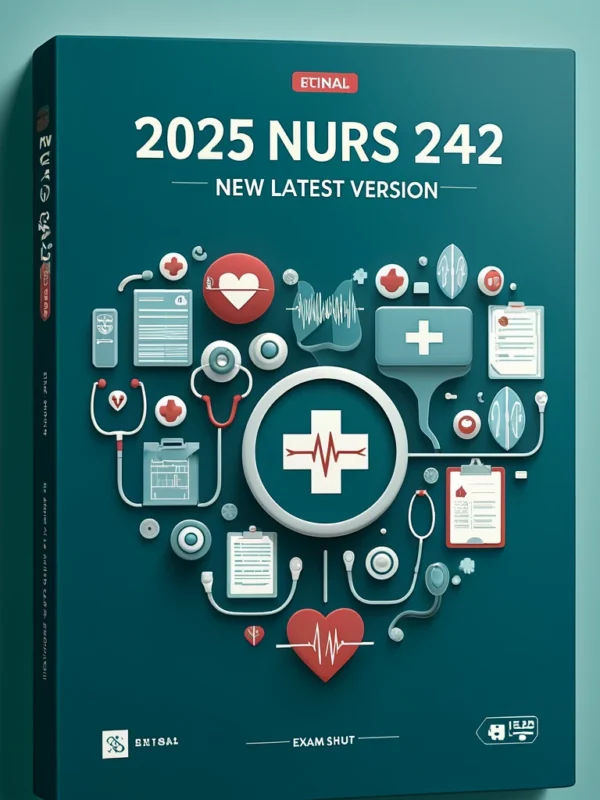

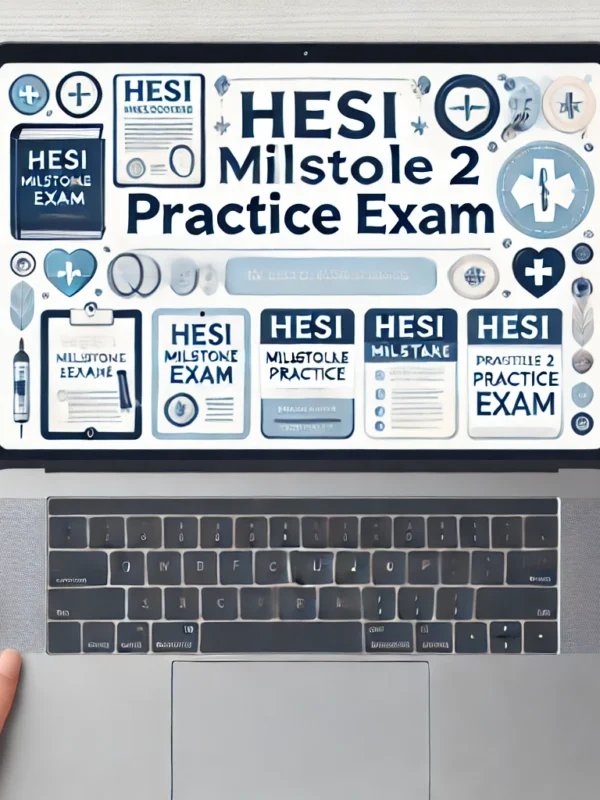
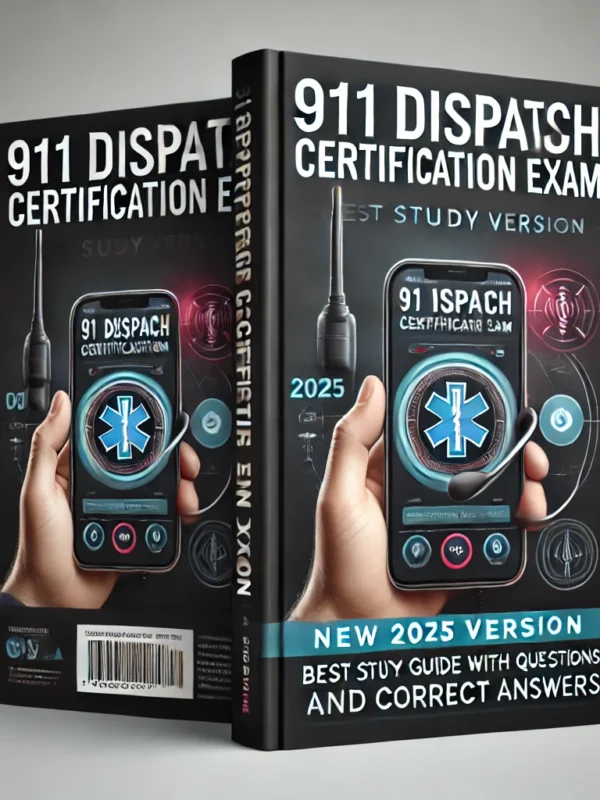
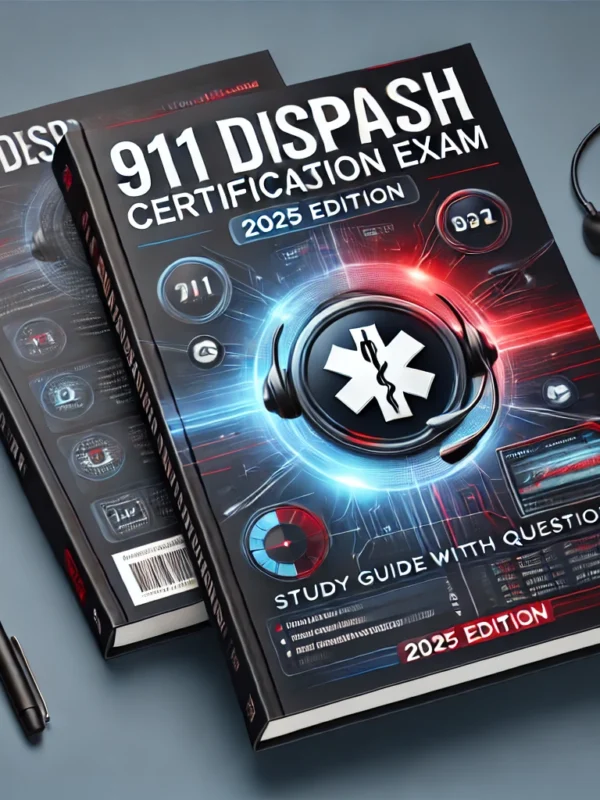
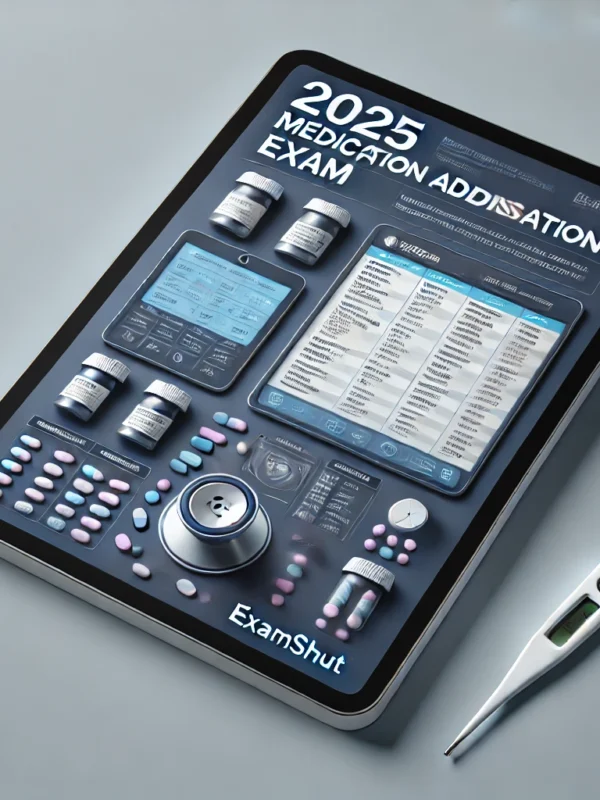
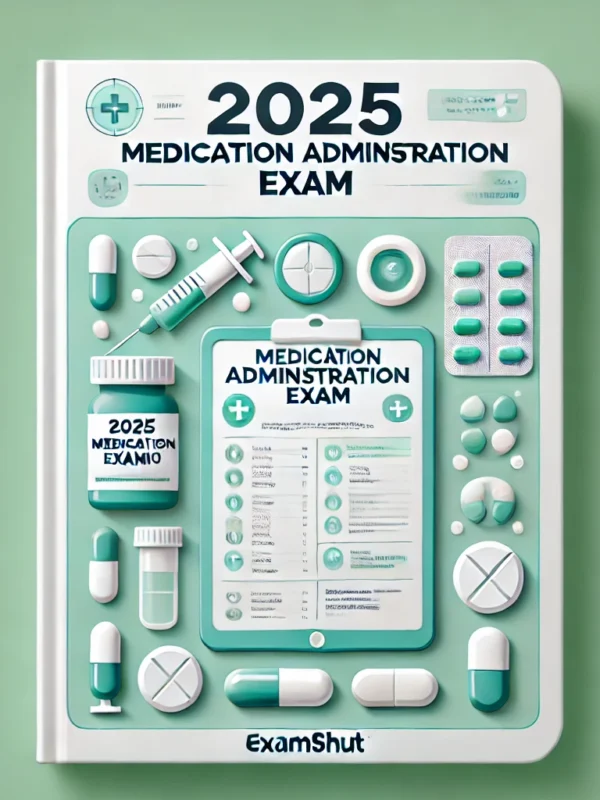
Reviews
There are no reviews yet.